Meet the 83-year-old widow who trekked Pakistan’s glaciers alone
Laurie Grimwade is 83, a widow and recently hiked up a glacier in Pakistan. She is one of a growing trend of baby boomers and Gen X women heading off on solo or female-only overseas adventures.
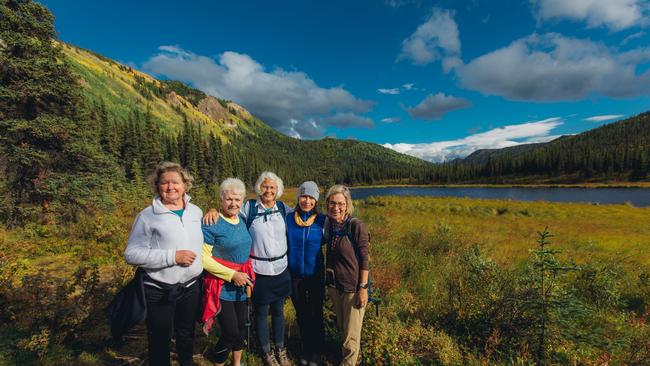
It can be a daunting prospect to embark on an overseas trip on your own, even more so when you’re an 83-year-old widow venturing to foreign lands for the first time without your husband of 54 years by your side. When Laurie Grimwade decided it was time to head off solo last year – two years after husband Sid’s death – she didn’t opt for a genteel river cruise. “I didn’t want a soft option – I really wanted to see what I could do,” says Laurie, who lives on Queensland’s Sunshine Coast. “My son had done the Five Stans trip, and I found his photos very inspiring. We both have a great love for mountains and nature, and he encouraged me.”
She chose Pakistan and Australian small-group tour operator Intrepid Travel.
Jenny Gray, senior product manager with Intrepid who set up the company’s Women’s Expeditions tours, recalls Grimwade’s determination to test of herself in this “incredibly off-the-beaten-track destination”.
“The itinerary included a trek to Passu glacier – a 10km hike to 2900m above sea level,” says Gray. “When we got to the top and looked down on the glacier the entire group rallied around her. It was Laurie’s moment. She said, ‘When you’re married to someone for so long you lose your confidence when they’re gone’. Then she said, ‘Where am I going next?’ She is quite phenomenal.”
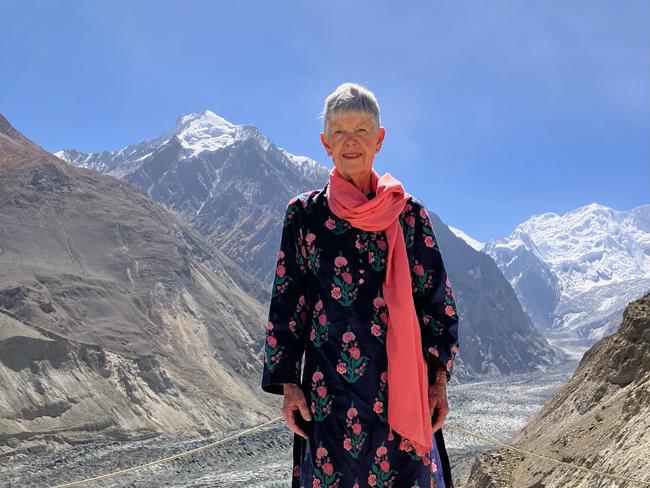
From an octogenarian’s impressive hiking to epic Ring Cycle festivals, expedition cruises and tours of famous gardens, older women are making the most of new-found freedoms and long-nurtured nest eggs. Some are widowed or divorced, others forever happily single, and plenty simply leave their husbands at home. They buddy up with a friend, join a small-group tour, or hit the road solo, turning their “me” time into “go-and-see” time.
“GenX and baby boomers are super-consumers and these older women are having a pleasure revenge moment,” says Michelle Newton, head of cultural forecasting at consulting firm Accenture. “In the next 10 years we will see the transfer of trillions of dollars of wealth from that older generation but before they hand it over, guess what? They know they can’t take it with them.” They see travel as a “sanity spend”, says Newton, who has done forecasting for Tourism Australia. “Women travelling in that demographic are looking to awaken and reconnect.”
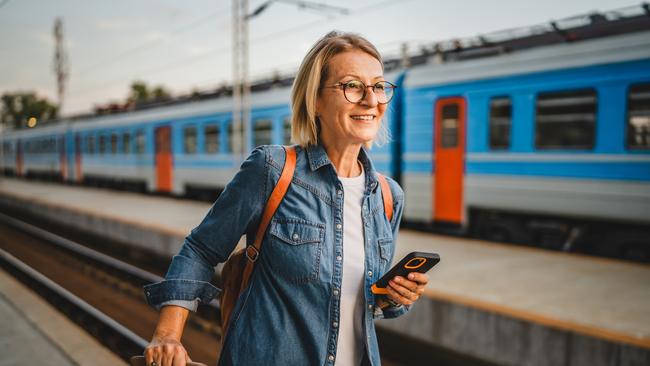
She cites a 2024 report from Skift Research, which provides insights into the travel sector, that found 87 per cent of solo female travellers value the freedom and flexibility that solo travel affords, and 78 per cent want to challenge themselves.
JourneyWoman, a website dedicated to solo travel for older women, recently surveyed 1630 women over the age of 50 for Invisible No More: The Ageless Adventuress. The results, released in March, found 61 per cent of 50-plus women say solo travel is their preferred path. “We’ve definitely seen an upswing of GenX and baby boomer women prioritising their travel aspirations and heading off solo,” says Gillian Woodley of advisers Woodley & James Travel Associates. “They’ve looked after the kids, the house, the grandkids and now finally they want to look after themselves. Women get more independent as they get older while men tend to be less interested in travelling alone.”

Woodley says female-only tours are popular, with Sri Lanka, Morocco, India and Vietnam hot destinations. “These women are eager to experience things that are physically or mentally shifting; think: wellness resorts, yoga retreats and pottery workshops. I took a group of women to Mongolia last year, and about half of them are coming on my next solo women’s group trip to Africa in June. There are women who have lost their husbands, are single by choice or in a partnership but have decided to travel alone – it’s a real mix.”
It’s a global vibe, as Corinne Ng, a vice-president with American Express in Sydney, confirms. “I’m responsible for our travel and lifestyle services across 19 countries, and talking to people from our UK team to our Mexico team, I hear anecdotes that support the data that more older females are spending time exploring destinations, either with friends or on their own,” says Ng.
The latest American Express global travel trends survey found that 56 per cent of Australian GenX and baby boomer women plan to take three international trips this year, and 82 per cent will take the same number of domestic trips. While 63 per cent say they’ll take off with their spouse or partner, 36 per cent say they’ll go with their (presumably adult) children, and 14 per cent will fly solo.
These Amex holders are savvy. Almost a third will put points towards their travel and almost one-quarter will use up to 75,000 points. “A lot of our female customers in this age group have accumulated points and have financial means,” says Ng. “They’ll use their points in a strategic way to get more from the trip, such as upgrades.”
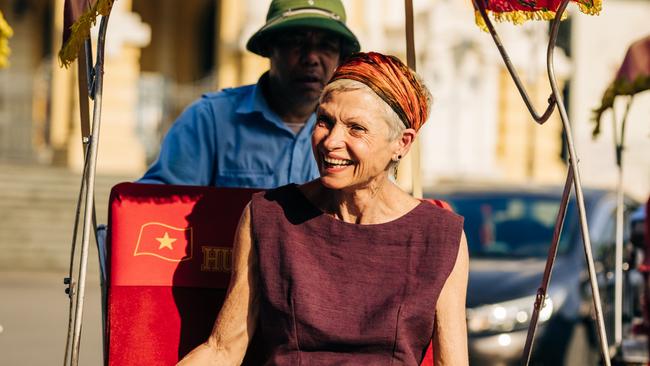
Technology is another comfort for older women travelling alone. “Being connected makes you feel safer while you’re away, whether you’re adventuring or decompressing,” says Ng.
Newton points to apps that can enable real-life connections. “Dating apps like TourBar have more of a friendship lens for when you don’t want to eat alone at a restaurant or (want to) see if someone wants to meet you for a drink.”
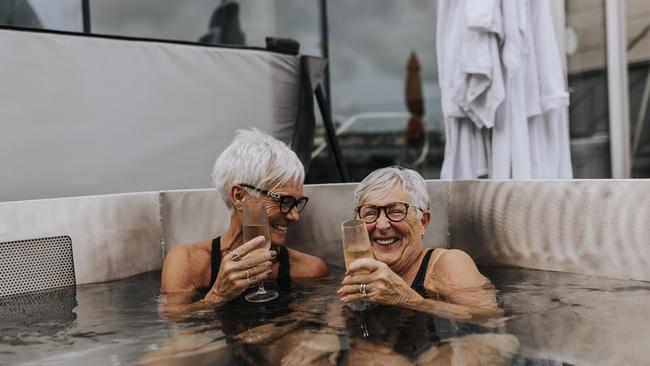
Recently retired nurse Margaret Yates is about to hand in her PhD thesis examining the social needs and health of a different cohort of female travellers – “grey nomads” travelling around Australia. “Of the 29 women I interviewed, nine were permanently on the road and the rest were taking trips and returning home,” says Yates. One woman heads off to a new destination driving her VW campervan, leaving her doctor husband at home. “He’ll fly out and spend a week with her,” says Yates.
One finding from five years of ethnographic research that fascinated Yates, who at 72 still scuba dives, is the rude health of these rambling women. “Most of them have some sort of chronic illness and usually when people find out I’m a nurse they will tell me chapter and verse about all their ailments,” says Yates. “These women didn’t get into it – they could be diabetic, have chronic obstructive airways or cardiac issues but they’d say, ‘Oh, I’m pretty healthy’. It suggests that the lifestyle of being on the road enhances their health – less stress, fewer obligations, and they feel better for it.”
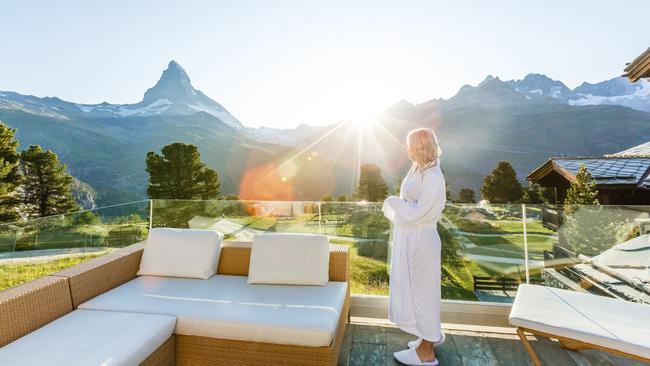
And braver. A few women told Yates that on early road trips they would place two chairs and a big pair of boots outside their camper van “to pretend there was a bloke around”. “But they stopped doing that as their confidence grew. Personal development was a big finding – they don’t consider themselves lonely or alone because it’s very social out there.”
Those who are less keen to leave the social side of travel to chance tend to book tours guaranteed to deliver true fellow travellers. “When they book an opera or gardens tour with us they know everyone on the trip will be like-minded,” says Evan Petrelis, managing director of Renaissance Tours, which runs cultural and special-interest outings. Three-quarters of the operator’s customers are women, most are single and the average age is 76. “They’ve got the time, the means and well-established specific interests that might have been suppressed in their working or child-rearing lives, when there wasn’t time to saunter around an art gallery or their husband wasn’t interested in the opera.”
They’re putting in bravura performances as they make up for lost opportunities. “Three years ago one of our regulars came to Berlin for the Ring Cycle at the age of 90 and said that it might be her last international tour,” he says. “I saw her at the Adelaide Festival this year and she said she’s contemplating another overseas tour. It’s like they get their second and third winds.”

Limelight Arts Travel groups are usually capped at 16 people, with about 70 per cent travelling solo and about 85 per cent of that group female. “Women are more likely than men to attend cultural events, ” says Dr Kathleen Olive, one of Limelight’s directors and expert guides. “Women are the prime decision-makers around travel spending – if it is a couple, it’s the woman we have to convince. Solo women travellers are empowered to make decisions, though often they schedule their travel around caring commitments.”
Olive says when planning its program, Limelight checks to make sure trips don’t clash with Australian school holidays as many grandmothers have extra duties during those weeks. “It’s a balancing act. In January, for example, we’re finding that the women who join our groups solo are going on multi-generational family holidays,” says Olive. “The way they travel is not monolithic. Our client is quite independent and she travels before and after a tour with us.”
Limelight’s well-travelled clients are at the stage where they want to “push their sustained interest in something further with the specialist taking the tour”, says Olive. They are also out for a good time. “They love trying a new cuisine and understanding its origins. Solo women in particular will see a free night on the itinerary and make a booking in advance at a restaurant they’ve researched.” On a Limelight trip to Burgundy last year “mostly about medieval art and architecture”, the group proved to have an enthusiastic appetite for the region’s famous wines. There was one man among the 16.

Some gender stereotypes remain hard to leave at home. “Our older women walkers have an amazing work ethic – they struggle to slow down,” says Frankie Lyall, a young guide with Tasmanian Walking Company. “They’ve had these really busy lives, working and raising kids and then they come on a walk with us and they want to help with all of the clean-up. You don’t often see men doing that; it’s always older women who are right there to help. It’s really lovely but we remind them that they’re on holiday and they don’t have to.”
All the same, they are growing with the journey. “I love seeing older women’s perspective on their own abilities shift and their confidence and resilience build on the walk,” says Lyall.
That’s a common outcome whether they are making their way through the wilderness or up to the dress circle. “I did what I set out to do,” says Grimwade of her Pakistan adventure. “I had been concerned I might be a burden but I found I could keep up. I was only 83 then. I wanted to do something worthwhile, to see the lifestyle of the women there and the glaciers and the mountains – though I did give in to flying business class.”
As to where next, Uzbekistan is in her sights.
Safety at Sea
Cruise ships have long been safe harbours for solo women travellers, not least because of the simplified logistics of boarding and unpacking once rather than navigating numerous airports, transfers and hotel check-ins on your own.
“For solo travellers, our seven to 10-day sailings are generally the most popular – relaxing itineraries such as the Greek islands, Hawaii or the South Pacific,” says Ben Angell, vice-president and managing director APAC for Norwegian Cruise Line. “Asia is hugely popular given its proximity and the appeal of visiting multiple countries in one cruise, and countries like Norway and Finland have a great reputation with solo travellers for being safe and easy to get around, with friendly locals.”
Like many cruise companies, NCL goes the extra nautical mile to entice single sailors.
“We recently expanded our solo accommodation offering across the fleet. It’s not just solo studios, there are also solo balconies and ocean views on offer with the pricing all based on one traveller, which is hardly ever the case for hotel rooms.”
NCL also offers social spaces reserved for solo travellers and arranged meet-ups. “We find our more mature solo travellers prefer the smaller ships,” says Angell.
Another emerging trend is women-only cruises, such as the Fly the Drake trip with Aurora Expeditions, departing February 2027 aboard its ship Sylvia Earle. The voyage has been designed for and led by women, and will run aboard a ship named for the revered 89-year-old American oceanographer who began exploring in the 1960s and still holds world records for the deepest sea-floor walks and submersible dives – solo, of course.
If you love to travel, sign up to our free weekly Travel + Luxury newsletter here.

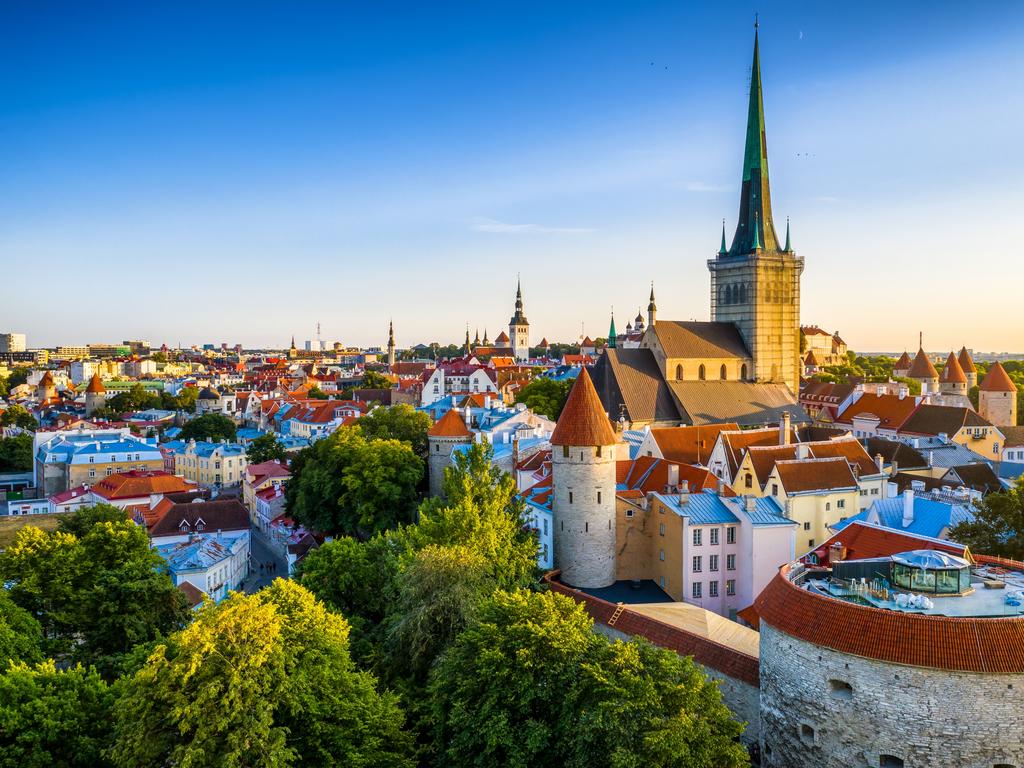
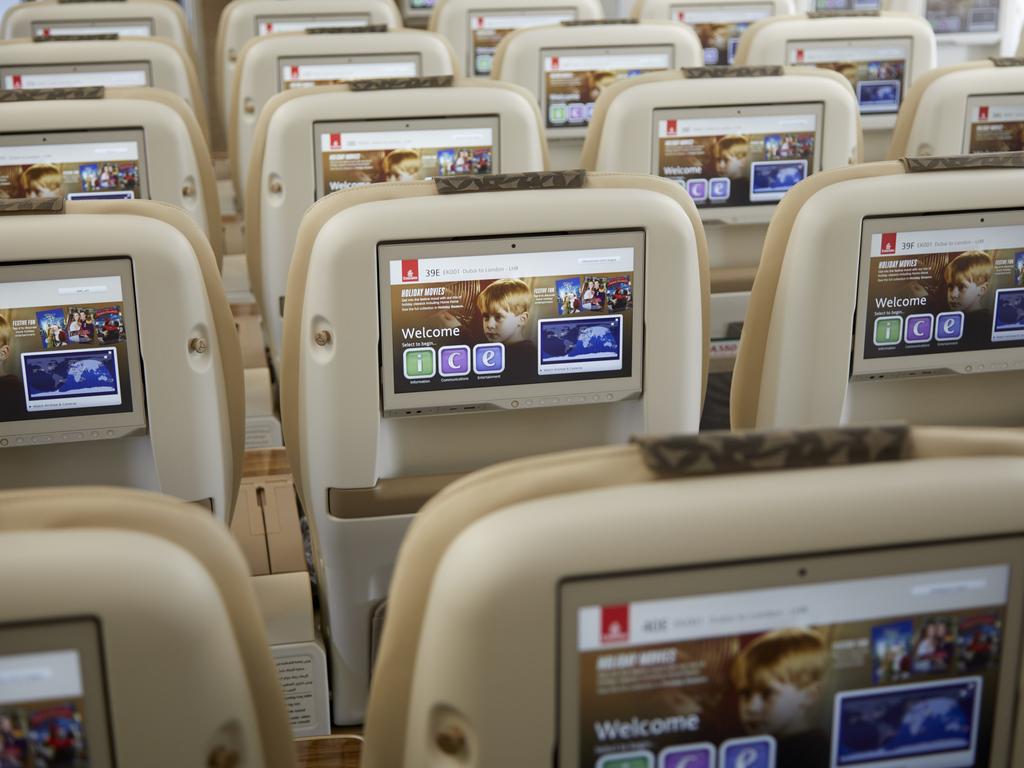
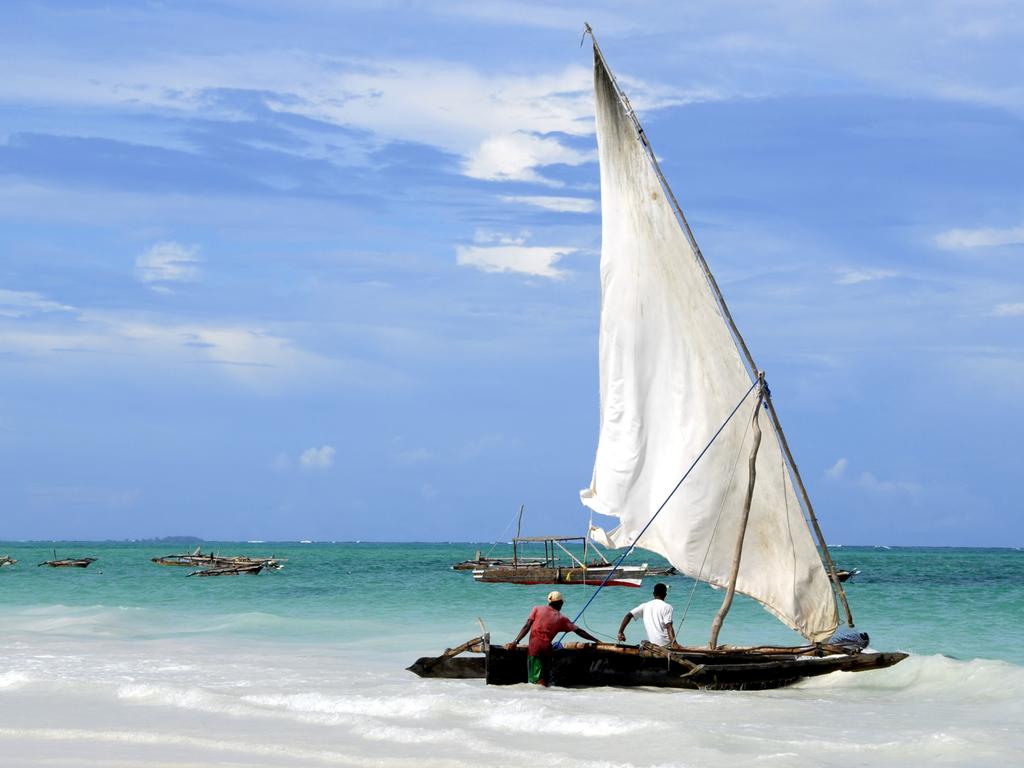
To join the conversation, please log in. Don't have an account? Register
Join the conversation, you are commenting as Logout